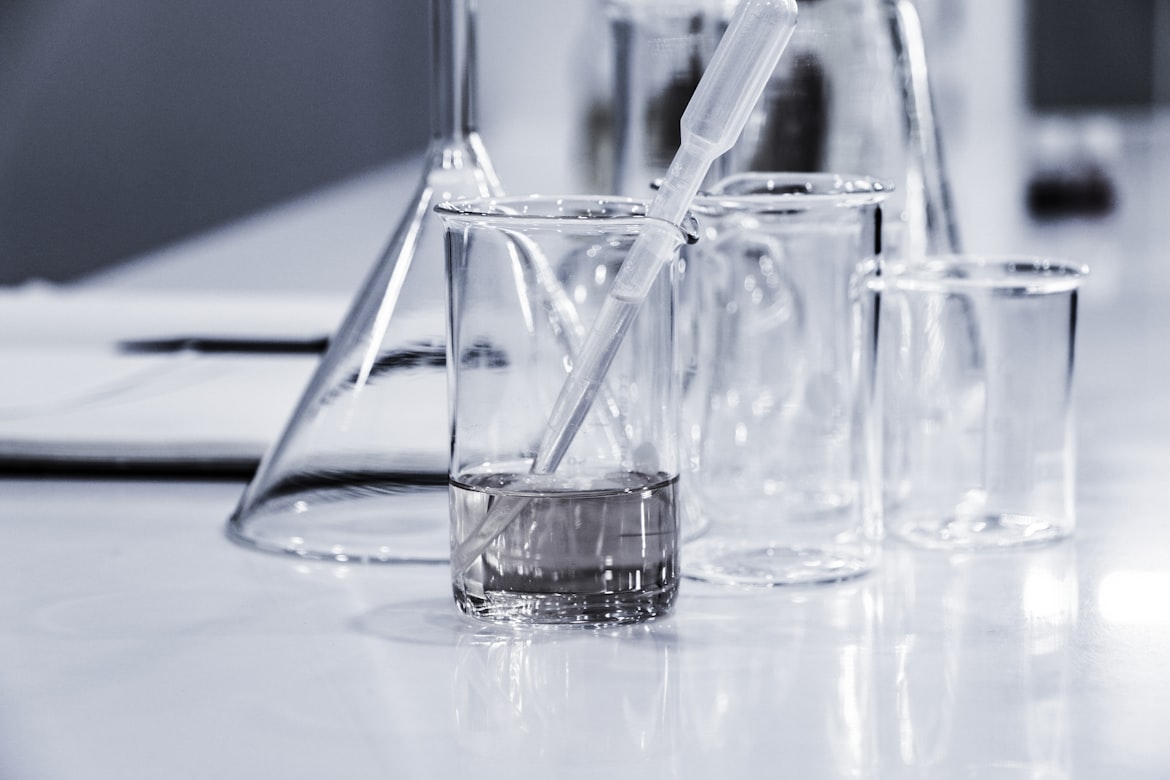The Blueprint of Life, Rewritten
How Scientists Built the World's First Synthetic Cell
Imagine a world where biologists don't just edit life's code—they rewrite it from scratch. In 2010, this vision became reality when researchers at the J. Craig Venter Institute (JCVI) unveiled the first living cell controlled entirely by a chemically synthesized genome. This watershed moment didn't just break scientific barriers; it redefined our relationship with biology itself 1 9 .
I. The Genesis of Synthetic Genomics
The Core Idea
Synthetic genomics merges computational design with DNA synthesis to construct genetic material impossible to create through conventional methods. Unlike tweaking existing genes, this field aims to build entire chromosomes—or even genomes—from chemical building blocks. The goal? To program cells like biological computers, where DNA is the software and cellular machinery the hardware 1 .
Why Mycoplasma?
Mycoplasma bacteria became the ideal testbed for this audacious project. With just 525 genes (compared to E. coli's 4,000), their minimalist genomes reduced complexity. As JCVI's John Glass noted, "We needed an organism simple enough to engineer but robust enough to survive transplantation" 2 5 .

Mycoplasma: The Minimalist Organism
With one of the smallest known genomes of any free-living organism, Mycoplasma species became the perfect candidates for synthetic genome experiments. Their simplicity allowed scientists to focus on the essential components of life.
II. The Breakthrough Experiment: Building JCVI-syn1.0
Step-by-Step: How to Construct Life
1. Digital Design & Watermarking
Scientists started with the sequenced genome of Mycoplasma mycoides. Using software, they added four "watermarks"—unique DNA signatures like quotes from James Joyce and a URL encoded in base pairs—to distinguish synthetic DNA from natural DNA 9 .
2. Oligonucleotide Assembly
The 1.08-million-base-pair genome was broken into 1,078 overlapping 1,080-bp cassettes. These were chemically synthesized and stitched into larger fragments using yeast homologous recombination—exploiting yeast's natural DNA repair system to assemble DNA segments .
3. Genome Transplantation
The synthetic genome was transplanted into Mycoplasma capricolum cells. After weeks of silence, a single blue colony appeared—dyed with a reporter gene to confirm success. The host cell's machinery began reading the synthetic DNA, effectively "rebooting" it into a new species 9 .
Table 1: Genome Assembly Stages
| Stage | Fragment Size | Assembly Method | Key Challenges |
|---|---|---|---|
| Cassettes | 1,080 bp | Chemical synthesis | DNA synthesis errors (e.g., dnaA gene) |
| 10-kb Blocks | 10,000 bp | Yeast recombination | DNA shearing during pipetting |
| Full Chromosome | 1.08 million bp | Yeast artificial chromosome | Transplant rejection by host |
Why This Changed Everything
The blue colonies of JCVI-syn1.0 proved synthetic genomes could "boot up" life. As J. Craig Venter recalled, "That colony represented 15 years of solutions to thousands of hurdles" . Crucially, the cell's behavior was dictated solely by its synthetic DNA—ribosomes, proteins, and all machinery were encoded by the new genome 9 .

DNA Synthesis Process
The complex process of chemically synthesizing and assembling DNA fragments required multiple stages of verification and error correction.

Genome Transplantation
The delicate process of transplanting a synthetic genome into a recipient cell required precise laboratory techniques.
III. Beyond syn1.0: The Quest for a Minimal Cell
Stripping Down to Essentials
Building on syn1.0, researchers aimed to create the simplest possible cell. Using transposon mutagenesis, they systematically inactivated genes in JCVI-syn1.0 to identify essential ones. The result: JCVI-syn3.0 (2016), with just 473 genes—the smallest self-replicating organism ever known 2 .
The Cell Division Enigma
syn3.0 had a critical flaw: it divided erratically, producing cells of wildly varying sizes. Through painstaking gene addition, the team discovered seven genes (of unknown function) essential for normal division. Adding these created JCVI-syn3A, which divided uniformly—revealing how little we understand even "simple" life 5 .
Table 2: Evolution of Synthetic Cells
| Strain | Genes | Breakthrough | Limitations |
|---|---|---|---|
| JCVI-syn1.0 (2010) | 901 | First cell with synthetic genome | Near-copy of natural genome |
| JCVI-syn3.0 (2016) | 473 | Minimal genome for independent life | Irregular cell division |
| JCVI-syn3A (2021) | 480 | Normal cell division; uniform morphology | 5/7 added genes have unknown roles |
Progressive reduction in gene count from natural to synthetic minimal cells
IV. The Scientist's Toolkit
Research Reagent Solutions
Critical innovations that enabled synthetic genomics:
Yeast Homologous Recombination
Function: Assembled DNA fragments in vivo using yeast's natural DNA repair pathways .
Microfluidic Chemostats
Function: NIST-designed mini-aquariums enabled live imaging of delicate synthetic cells during division 5 .
Error-Correction Enzymes
Function: Nucleases and polymerases fixed DNA synthesis mistakes (e.g., a single dnaA error delayed the project by months) .
V. Why This Matters: From Vaccines to Biofactories
Revolutionizing Vaccine Design
Synthetic viral genomes (like poliovirus and φX174) pioneered methods later used for rapid COVID-19 mRNA vaccines. As the 2022 JCVI review noted, "Synthetic viruses are already saving lives" 9 .
Sustainable Biofactories
Engineered cells are being programmed to produce biofuels, medicines (e.g., malaria drug artemisinin), and eco-friendly materials. ExxonMobil's $300M investment in synthetic algae for biofuels underscores its industrial potential 9 .
Applications Timeline
2010
First synthetic cell created (JCVI-syn1.0)
2013
First synthetic virus used for vaccine development
2016
Minimal cell (JCVI-syn3.0) with only 473 genes
2020
Synthetic biology techniques used for COVID-19 vaccine development
2021
Improved minimal cell (JCVI-syn3A) with normal division
Potential Applications
VI. The Future: Life as a Programmable Platform
Synthetic genomics is accelerating toward "writing genomes for specific purposes" 9 . Projects like the Synthetic Yeast Genome (Sc2.0) now incorporate the SCRaMbLE system—inducible genomic rearrangements to evolve novel traits 3 . Meanwhile, semiconductor-based DNA synthesis promises to scale genome writing exponentially 9 .
"We're not just reading life's code; we're writing it. And the next chapter will transform medicine, energy, and evolution itself."
Future Directions
- Custom-designed organisms for specific industrial applications
- Synthetic cells as living computers for complex calculations
- Programmable microbes for environmental cleanup
- On-demand synthesis of personalized medicines
- Development of entirely new biological systems
For further reading, explore JCVI's publications on synthetic genomics at jcvi.org.